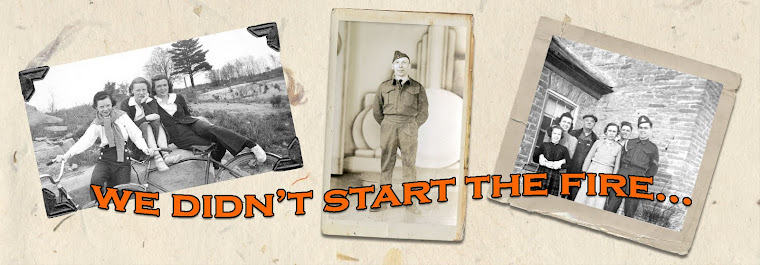My aunt is really into
Geocaching - a hobby that combines
adventure, caches, and a Global Positioning System. A cache is usually a logbook that contains the records of all those people who have visited the cache and can also include things like contact information, information about the city or town in which the cache is located, and even jokes. Some caches contain things like maps, books, and even jewelery. People who '
Geocache' (I think I just made up a new word) look up coordinates online and then use their GPS to find the cache. Once they've found the cache site there are a few rules that Geocachers must follow: 1) Take something from the cache, 2) Leave something in the cache, and 3) Write about it in the logbook.
I think Geocaching is an awesome tool for public historians. Museums, for example, could create walking tours that make use of a GPS and historical artifacts (replicas, of course). Similarly, historical societies could create country-wide historical adventures that lead Geocachers on a hunt for a series of artifacts that are relevant to Canadian history. With each discovery, hunters learn tidbits of history relating to the artifacst. It might look a little something like this:

In Charlottetown, a picture of the members who attended the Charlottetown Conference is located on the grounds of Government House. On the boardwalk in Halifax, hunters might discover the hasty telegram sent by dispatcher Vince Coleman that stopped a train with 700 passengers from barreling into the city at the time of the
Halifax Explosion. In Quebec, Geocachers are directed to the Plains of Abraham to find a
French Infantry Mus ket
ket used during the fateful battle. The next stop is Toronto where the goal is to find a miniature version of William Lyon Mackenzie's
printing press that was thrown into Lake Ontario. In Regina, a buried stethoscope represents Tommy Douglas and the development of
Medicare. In the Nass River valley of British Columbia, hunters are guided toward an indigenous artifact belonging to the Nisga'a people. Finally, the search ends with the
discovery of gold in the Klondike near Dawson City, Yukon.
Of course, searches like these can, and probably should, be limited to provinces, regions, and even cities. Geocaching has a lot of potential for public history and historians and is a great way to combine new digital technologies with traditional histories.










